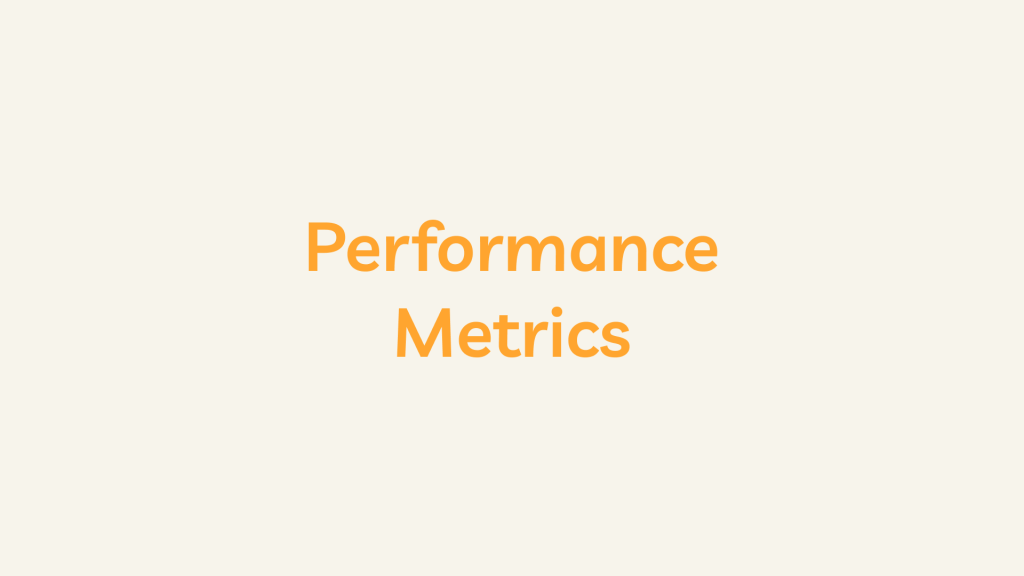Employee performance metrics are pivotal tools in modern organizations, serving as quantifiable measures to assess and enhance the effectiveness of individual employees. This comprehensive guide delves into the intricacies of employee performance metrics, exploring key metrics, best practices, and the significance of a robust performance measurement system in fostering organizational success.
Key Employee Performance Metrics
- Key Performance Indicators (KPIs):
- KPIs are instrumental in aligning individual performance with organizational objectives. These metrics are role-specific and may encompass sales targets, customer satisfaction scores, project completion timelines, etc.
- Productivity Metrics:
- Gauging the efficiency of employees, productivity metrics include completed tasks, projects delivered on time, and units produced within specific timeframes. These metrics provide insights into how effectively employees contribute to their roles.
- Quality of Work:
- The quality of work is a critical metric, evaluating the accuracy and precision of an employee’s output. Metrics in this category may include error rates, adherence to quality standards, and customer feedback on the delivered products or services.
- Timeliness and Deadline Adherence:
- These metrics assess an employee’s ability to meet deadlines and deliver work within specified timeframes. They include project delivery timelines, response times to customer inquiries, and task completion within expected durations.
- Attendance and Punctuality:
- Attendance and punctuality metrics are crucial for roles where regular and timely presence is essential. These metrics help track employees’ reliability and commitment to their work responsibilities.
- Goal Attainment:
- Employees set individual performance goals aligned with organizational objectives. Metrics in this category measure how employees achieve these goals, providing a clear picture of their contribution to the organization’s overall success.
- Employee Engagement:
- Engagement metrics reflect employee commitment, survey results, participation in organizational activities, and feedback obtained during performance reviews. Engaged employees are more likely to contribute positively to the workplace.
- Feedback and Performance Reviews:
- Both formal and informal feedback mechanisms contribute to a comprehensive understanding of employee performance. Performance reviews, manager feedback, and peer evaluations offer valuable insights into an employee’s strengths and areas for improvement.
- Learning and Development Participation:
- Employees engaged in continuous learning and development contribute to organizational growth. Metrics in this category assess participation in training programs, completion of professional certifications, and attendance at workshops or seminars.
- Employee Turnover Rate:
- High turnover can indicate challenges within the workplace. Tracking the percentage of employees leaving the organization within a specific period helps identify potential issues and areas for improvement in employee retention strategies.
- Employee Satisfaction and Net Promoter Score (NPS):
- Reflecting overall employee satisfaction and loyalty, NPS measures the likelihood of employees recommending the organization as a place to work. Satisfied employees are more likely to contribute positively to organizational success.
- Leadership and Team Collaboration:
- Metrics in this category assess an employee’s ability to collaborate within a team and exhibit leadership qualities. Feedback from colleagues, project team members, and supervisors contributes to a holistic evaluation of interpersonal skills.
Best Practices for Implementing Employee Performance Metrics
- Align Metrics with Organizational Goals:
- Ensure that performance metrics directly align with the overarching goals and objectives of the organization. This alignment fosters a cohesive and purpose-driven workforce.
- Regular Communication and Feedback:
- Establish a culture of regular communication and feedback. Ongoing dialogues between employees and managers contribute to continuous improvement and a proactive approach to addressing performance issues.
- Holistic Approach to Evaluation:
- Combine quantitative and qualitative measures for a holistic understanding of an employee’s contributions. This approach provides a more nuanced view of performance and potential areas for development.
- Flexibility and Adaptability:
- Recognize that performance metrics may need adjustment over time. As organizational goals evolve, metrics should be flexible and adaptable to ensure ongoing relevance.
- Employee Involvement in Goal Setting:
- Involve employees in the goal-setting process. When employees have a say in defining their performance objectives, they are likelier to feel a sense of ownership and commitment to achieving those goals.
- Training on Performance Metrics:
- Provide training to employees on how performance metrics are measured and the significance of each metric. This ensures a clear understanding of expectations and fosters transparency in the evaluation process.
Conclusion
Employee performance metrics form the backbone of a dynamic and effective performance management system. When implemented thoughtfully and aligned with organizational objectives, these metrics contribute to a culture of continuous improvement, employee development, and overall organizational success. By embracing a comprehensive approach to performance evaluation, organizations can optimize their workforce, foster employee engagement, and create an environment conducive to sustained growth.
